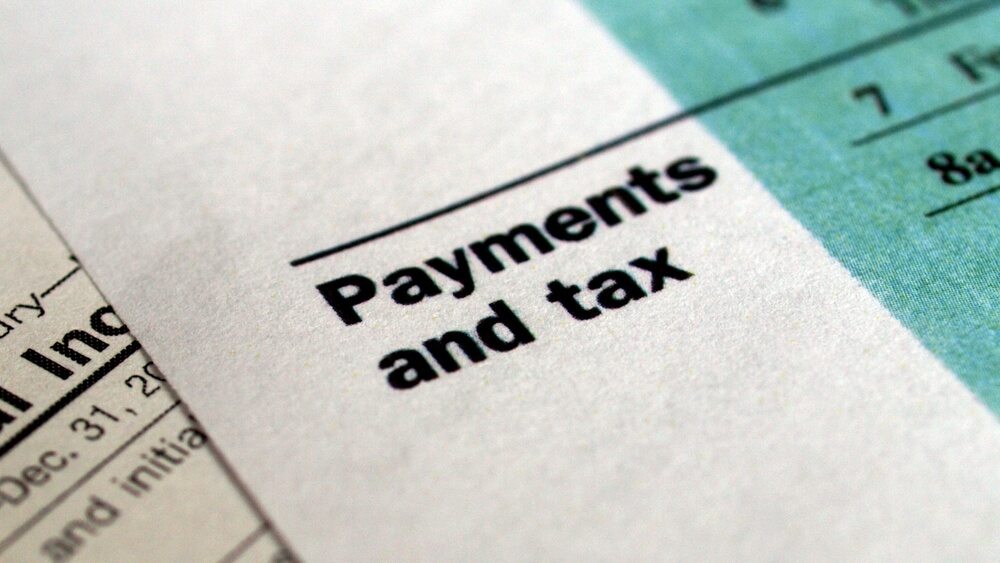Heavy Vehicle Use Tax: Who Has To File? And When?

The time for filing Form 2290 and paying the Heavy Vehicle Use Tax (HVUT) is coming up soon! Here’s what you need to know to avoid penalites for late filing.
What is the Heavy Vehicle Use Tax?
The heavy vehicle use tax or HVUT is a fee assessed annually on heavy vehicles operating on public highways at registered gross weights equal to or exceeding 55,000 pounds. The gross taxable weight of a vehicle is determined by adding:
- the actual unloaded weight of the vehicle fully equipped for service
- the actual unloaded weight of any trailers or semitrailers fully equipped for service customarily used in combination with the vehicle, and
- the weight of the maximum load customarily carried on the vehicle and on any trailers or semitrailers customarily used in combination with the vehicle
If the gross taxable weight is from 55,000 to 75,000 pounds, the HVUT is $100, plus $22 per 1,000 pounds over 55,000 pounds. For over 75,000-pound vehicles, the maximum HVUT is $550 per year.
Who is Exempt From Paying HVUT?
- The Federal Government
- State or local governments, including the District of Columbia
- The American Red Cross
- Nonprofit volunteer fire departments, ambulance associations or rescue squads
- Indian tribal governments (for vehicles used in essential tribal government functions)
- Mass transportation authorities
- Commercial vehicles traveling fewer than 5,000 miles annually
- Agriculture vehicles traveling fewer than 7,500 miles annually
- Vehicle not considered highway motor vehicles — e.g., mobile machinery for non-transportation functions, vehicles specifically designed for off-highway transportation, and non-transportation trailers and semi-trailers
- Qualified blood collector vehicles used by qualified blood collector organizations
How Do I Pay the HVUT?
Fill out IRS Form 2290 and make your payment.
Click here to access Form 2290.
Click here for the instructions on how to fill out Form 2290.
Who Must File Form 2290?
You must file Form 2290 and Schedule 1 for the tax period beginning on July 1, 2018, and ending on June 30, 2019, if a taxable highway motor vehicle is registered, or required to be registered, in your name under state, District of Columbia, Canadian, or Mexican law at the time of its first use during the period and the vehicle has a taxable gross weight of 55,000 pounds or more.
You may be an individual, limited liability company (LLC), corporation, partnership, or any other type of organization (including nonprofit, charitable, educational, etc.).
When Is Form 2290 and Tax Due?
For vehicles first used on a public highway during the month of July, file Form 2290 and pay the appropriate tax between July 1 and August 31. Complete the first four pages of Form 2290. Include the last two pages, if applicable.
If you place an additional taxable truck registered in your name on the road during any month other than July, you are liable for the Heavy Highway Vehicle Use Tax (Form 2290), prorated for the months during which it was in service. You must file Form 2290 for these trucks by the last day of the month following the month the vehicle was first used on public highways. Use the table below to determine your filing deadline.
These due date rules apply whether you are paying the tax or reporting the suspension of tax. It is important to file and pay all your Form 2290 taxes on time to avoid paying interest and penalties.
| IF, in this period, the vehicle is first used during | Then, file Form 2290 and make your payment by*… | and enter this date on Form 2290, line 1** |
|---|---|---|
| July | Aug. 31 | YYYY07 |
| August | Sept. 30 | YYYY08 |
| September | Oct. 31 | YYYY09 |
| October | Nov. 30 | YYYY10 |
| November | Dec. 31 | YYYY11 |
| December | Jan. 31 | YYYY12 |
| January | Feb. 28 | YYYY01 |
| February | March 31 | YYYY02 |
| March | April 30 | YYYY03 |
| April | May 31 | YYYY04 |
| May | June 30 | YYYY05 |
| June | July 31 | YYYY06 |
*File by this date regardless of when state registration for the vehicle is due. If any due date falls on a Saturday, Sunday or legal holiday, file by the next business day.
**This date may not apply for privately purchased used vehicles. See Tax Computation for Privately Purchased Used Vehicles, below.
If a vehicle is first used on a public highway after July of the current year, see the table above to determine the due date of the return and payment of tax. If the vehicle is still being used in July of the following year, the Form 2290 filing deadline would be August 31.
Example. John uses a taxable vehicle on a public highway by driving it home from the dealership on July 1, 2018, after purchasing it. John must file Form 2290 by August 31, 2018, for the period beginning July 1, 2018, through June 30, 2019.
Need more help? Call the Form 2290 Call Site Monday – Friday between 8 a.m. and 6 p.m. Eastern time.
- From the U.S., 866-699-4096 (toll free)
- From Canada or Mexico, 859-669-5733 (not toll free)
You can also visit the IRS Trucking Tax Center page to learn more.